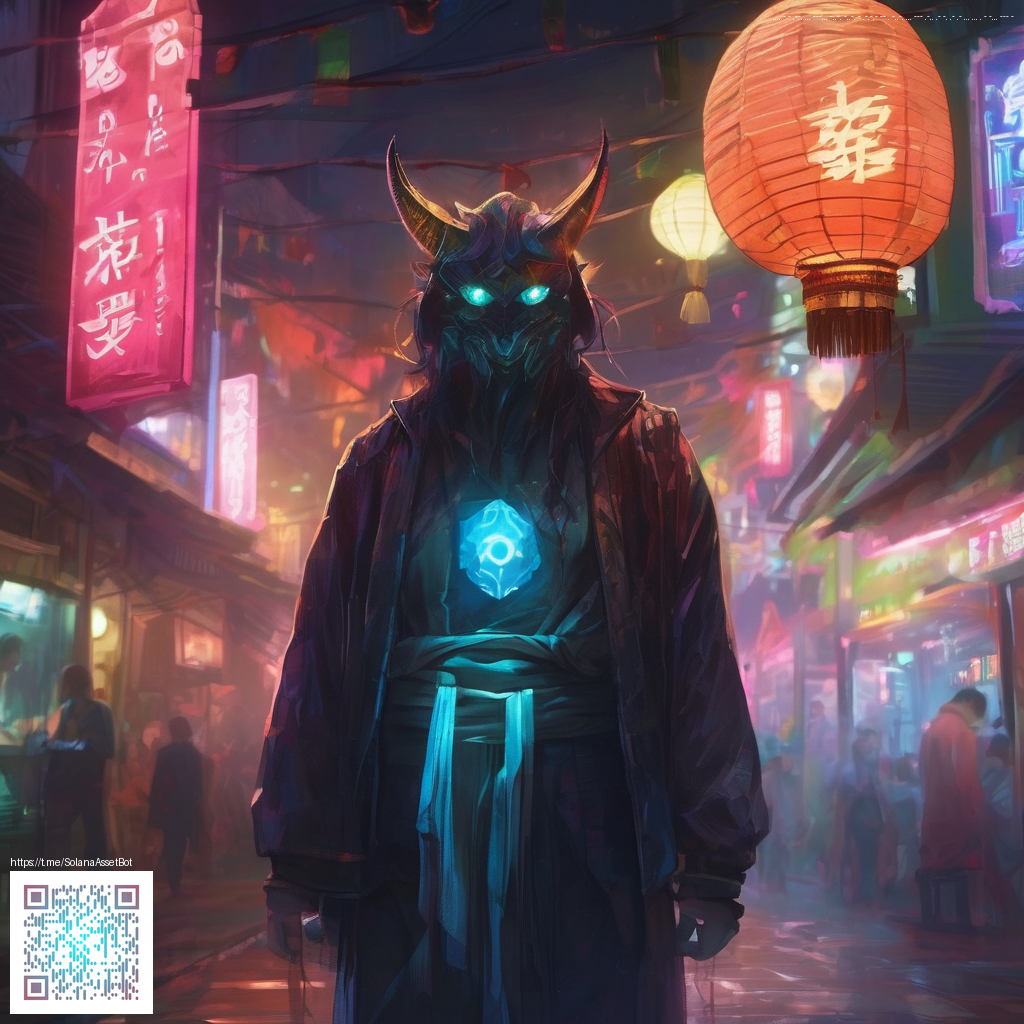
Texture Overlays: A Practical Guide for Photographers
Texture overlays are one of the simplest ways to infuse your photographs with depth, mood, and a tactile sense that can’t be achieved by color alone. Whether you shoot portraits, architecture, or still life, overlays give you a controlled way to introduce subtle grain, patina, or abstract patterns that amplify storytelling. In this guide, we’ll explore how overlays work, where to source them, and a workflow you can adapt to almost any editing suite.
Why overlays matter in modern photography
Overlays function like a perceptual seasoning for images. They can soften an overly clinical look, add a sense of time, or mimic the imperfections that come with film. The key is to use overlays purposefully: a gentle grain can unify a series, while a deliberate light leak can draw attention to a focal point. Think of overlays as a way to guide the viewer’s eye and set the emotional tone of a shot without altering the underlying composition.
Where to source texture overlays
- Natural textures: wood grain, stone, fabric weaves, or weathered surfaces captured at high resolution.
- Industrial textures: concrete, metal patinas, or brushed surfaces for a modern, tactile vibe.
- Abstract textures: bokeh halos, digital noise patterns, or painterly swirls created in software.
- Scanned textures: save physical textures you photograph or paint by hand, then scan at high resolution for clean edges.
Regardless of source, look for textures with a transparent or near-transparent areas so they can blend smoothly into your image. If you’re starting from scratch, you can create digital textures that mimic film grain, light leaks, or fabric folds, then export them as PNGs with transparent backgrounds for maximum flexibility.
Digital overlays vs. physical textures
Digital overlays offer speed and repeatability, while physical textures bring an organic authenticity that’s hard to replicate digitally. A practical approach is to maintain a small library of both: digital textures for quick edits and a few scanned or photographed textures for nuanced projects. This balance allows you to dial in mood with precision or experiment with a human-made irregularity that resonates with viewers.
For a tangible testing surface when crafting textures, consider a compact, durable base—such as the Gaming Mouse Pad Neoprene 9x7 stitched edges. It provides a clean, non-slip backdrop for laying out textures during a shoot or a test composition. You can see the product here: Gaming Mouse Pad Neoprene 9x7 Stitched Edges.
A practical workflow you can apply today
- Collect or create textures: shoot surfaces you encounter, or design digital patterns inspired by the mood you want.
- Prepare and organize: crop to a consistent aspect ratio, clean up any distracting spots, and color-correct to a neutral baseline.
- Save with transparency in mind: export textures as PNGs (or TIFFs) so you can overlay cleanly over your images.
- Blend thoughtfully: in your editing software, experiment with blend modes like Overlay, Soft Light, or Multiply. Start with 10–20% opacity and adjust as needed.
- Mask and refine: use layer masks to apply overlays selectively—focus the texture on shadows, edges, or backgrounds rather than the subject itself.
Tip: overlays should complement the subject, not steal the show. If a texture competes with a model’s expression or a key architectural feature, dial it back or remove it from that area. Subtlety is a feature, not a flaw.
Colors matter, too. Align overlay hues with the image’s warm or cool balance to prevent jarring shifts. A quick trick is to apply a colorized adjustment or a gradient map to the texture layer, then blend it with a gentle hue that mirrors the scene’s lighting conditions.
Tips to speed up your texture workflow
- Catalog textures by mood: keep folders for grainy, gritty, airy, and painterly textures so you can quickly find the right vibe.
- Non-destructive editing: use adjustment layers and clipping masks so original photos remain untouched.
- Consistency across a series: limit the number of overlays per project and maintain a cohesive tonal direction.
Curious about where texture overlays fit into a broader creative approach? A case study on a recent project demonstrates how a few well-placed overlays can elevate a narrative without distracting from the subject. You can view this example on a dedicated page here: Solana Acolytes: Texture-Driven Photography Workflows.
As you gain confidence, you’ll start identifying overlays that feel like an extension of your own style—textures that become a signature rather than a gimmick. The goal is to create a visual language that readers recognize across your body of work, whether you’re shooting outdoors, in the studio, or compiling a themed series.